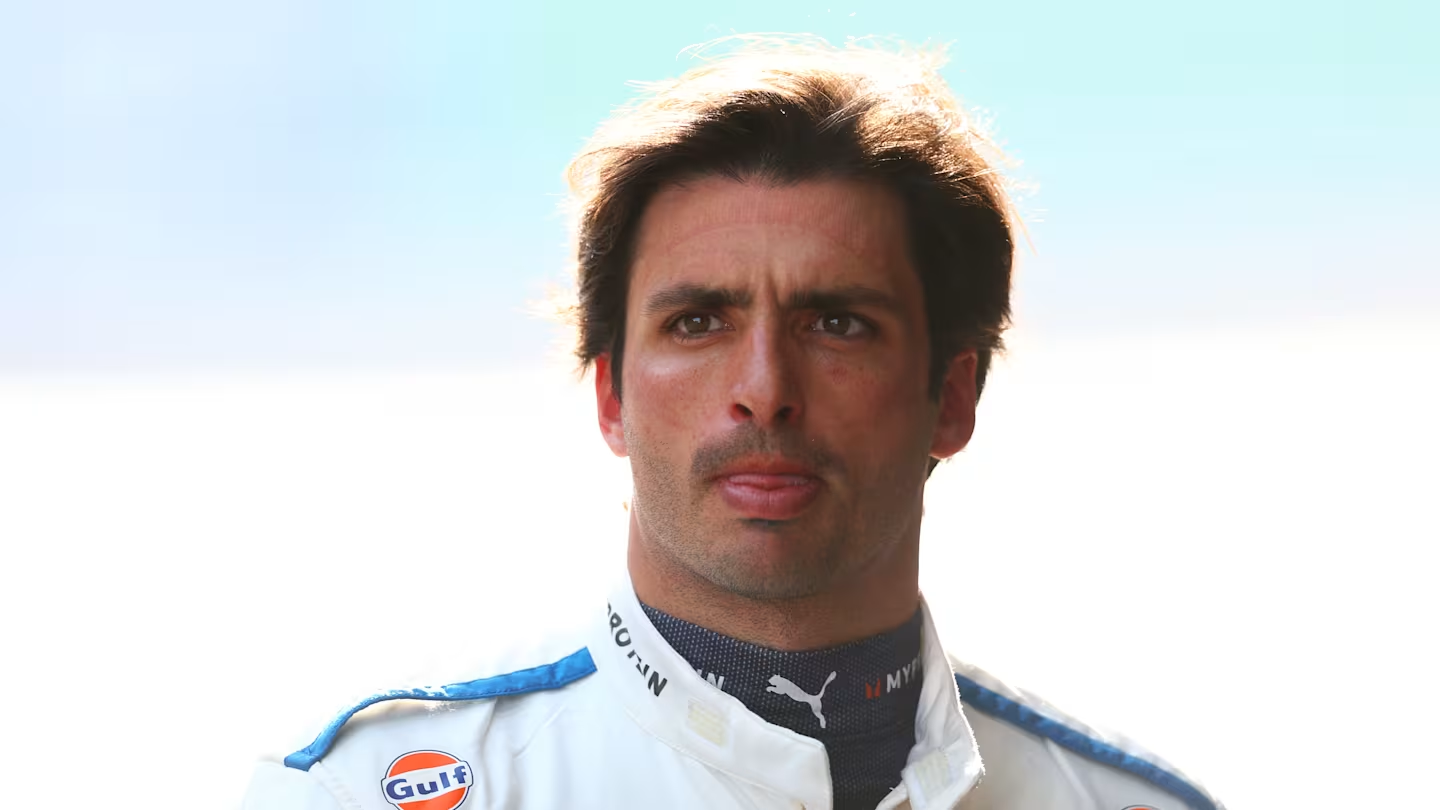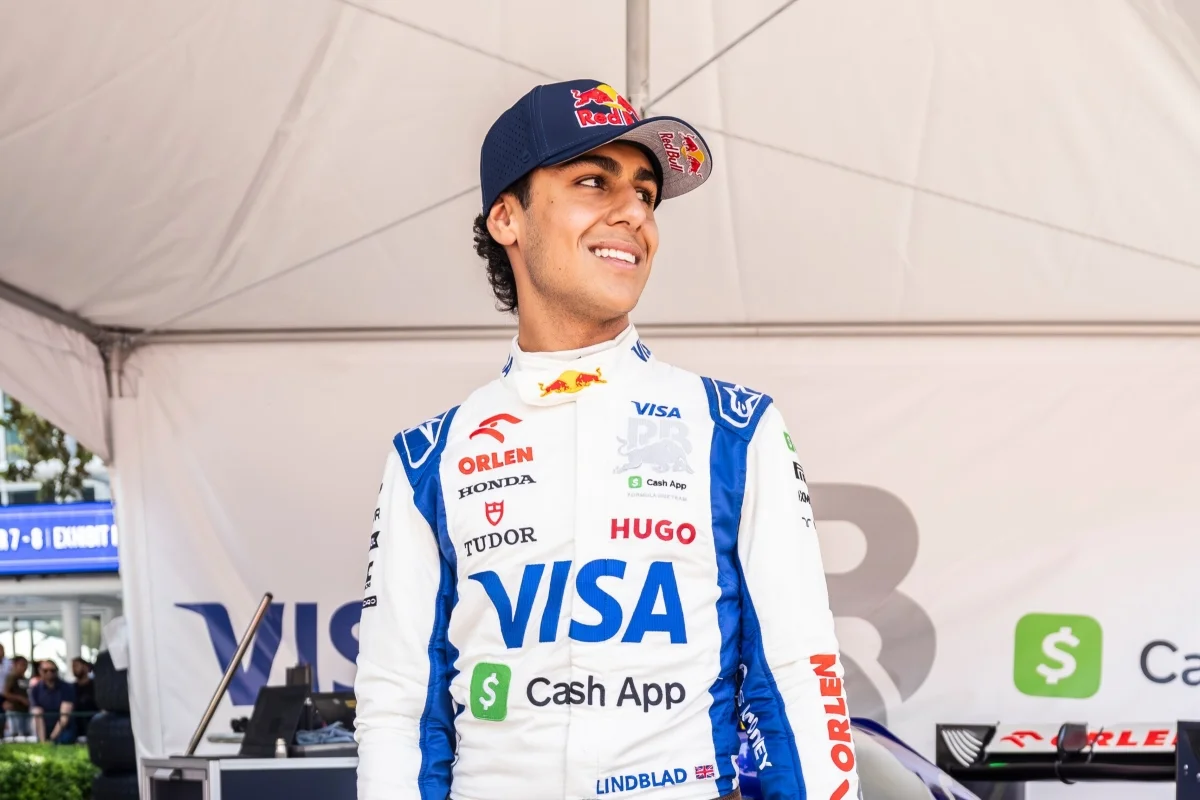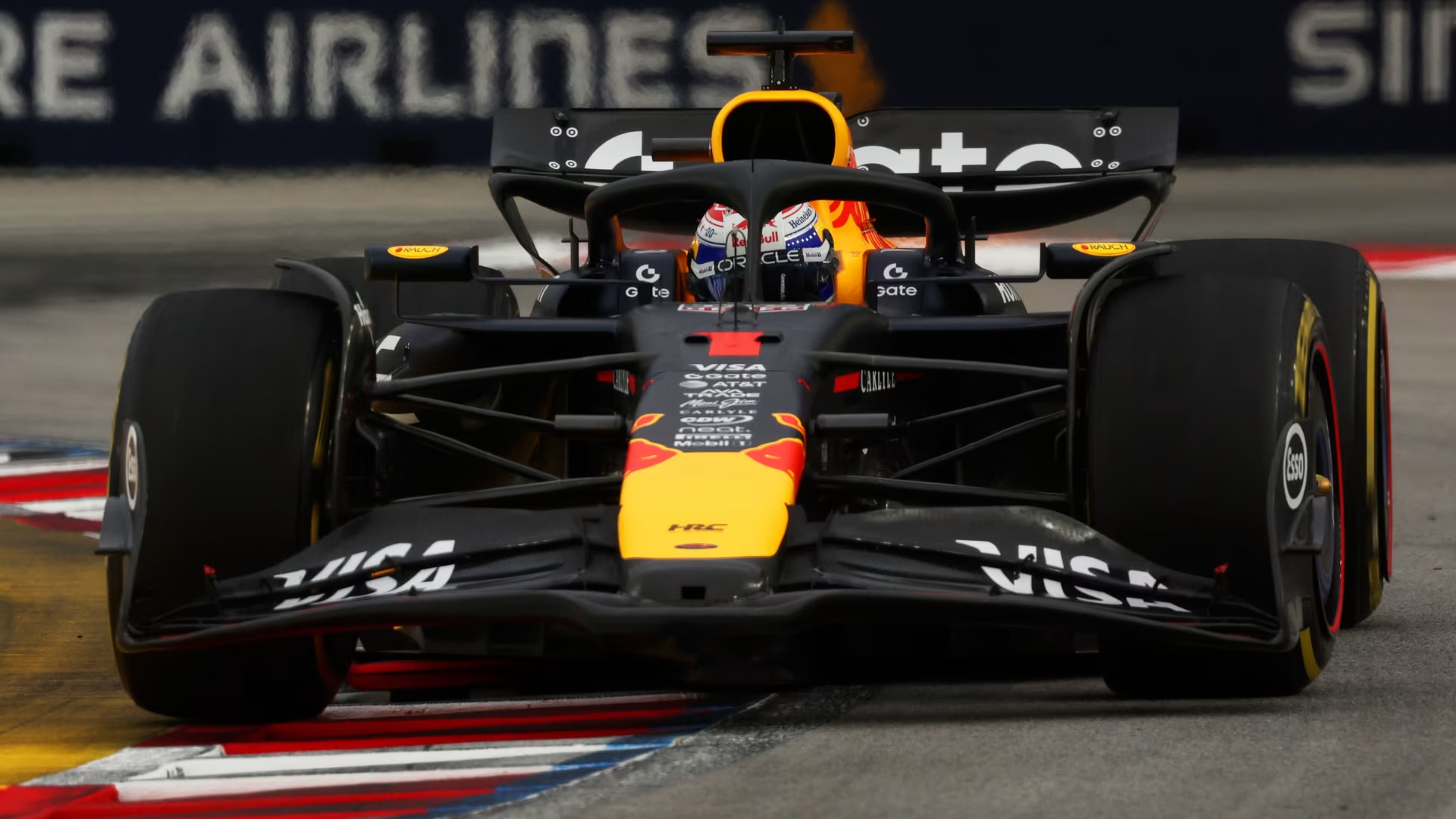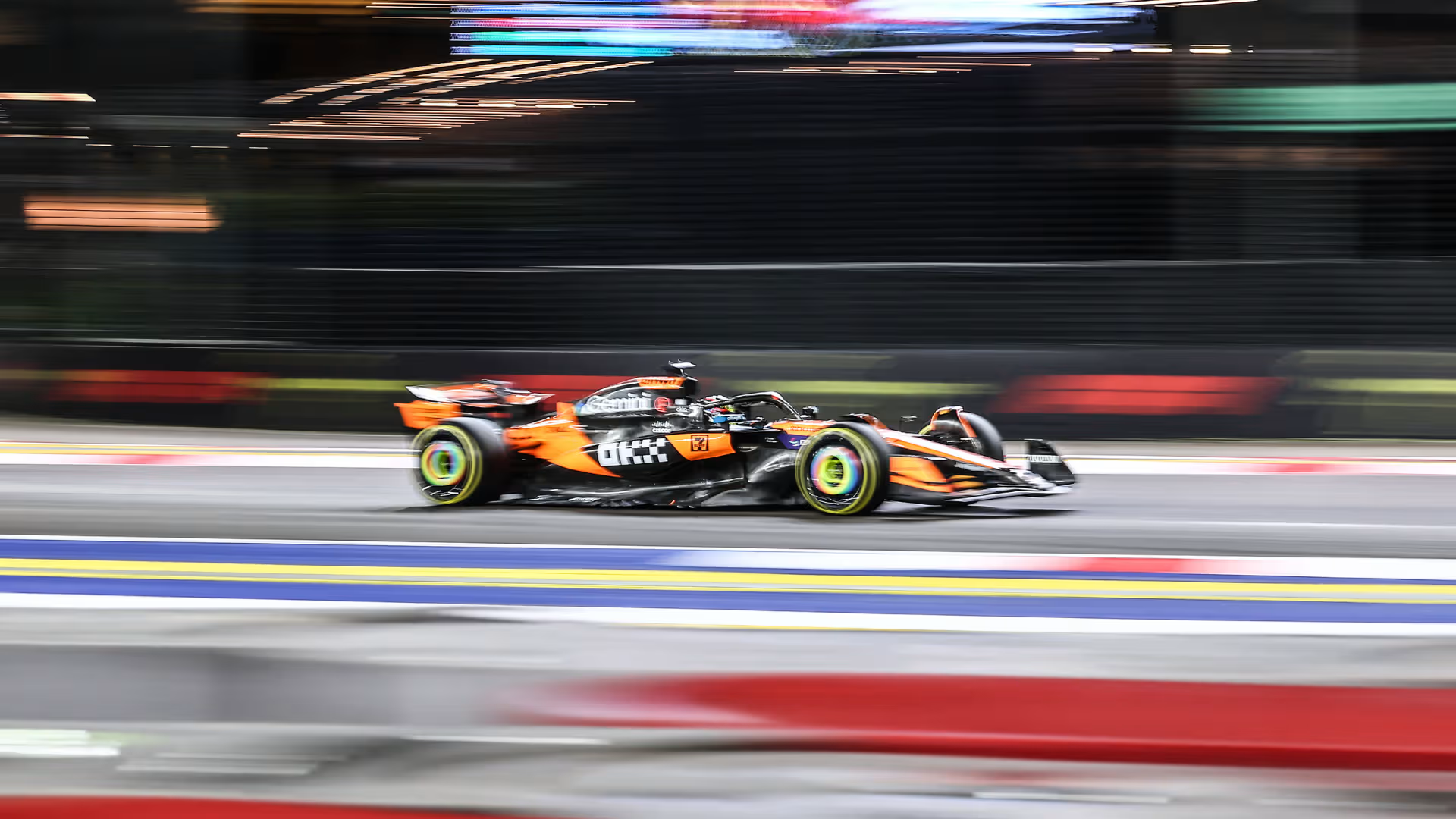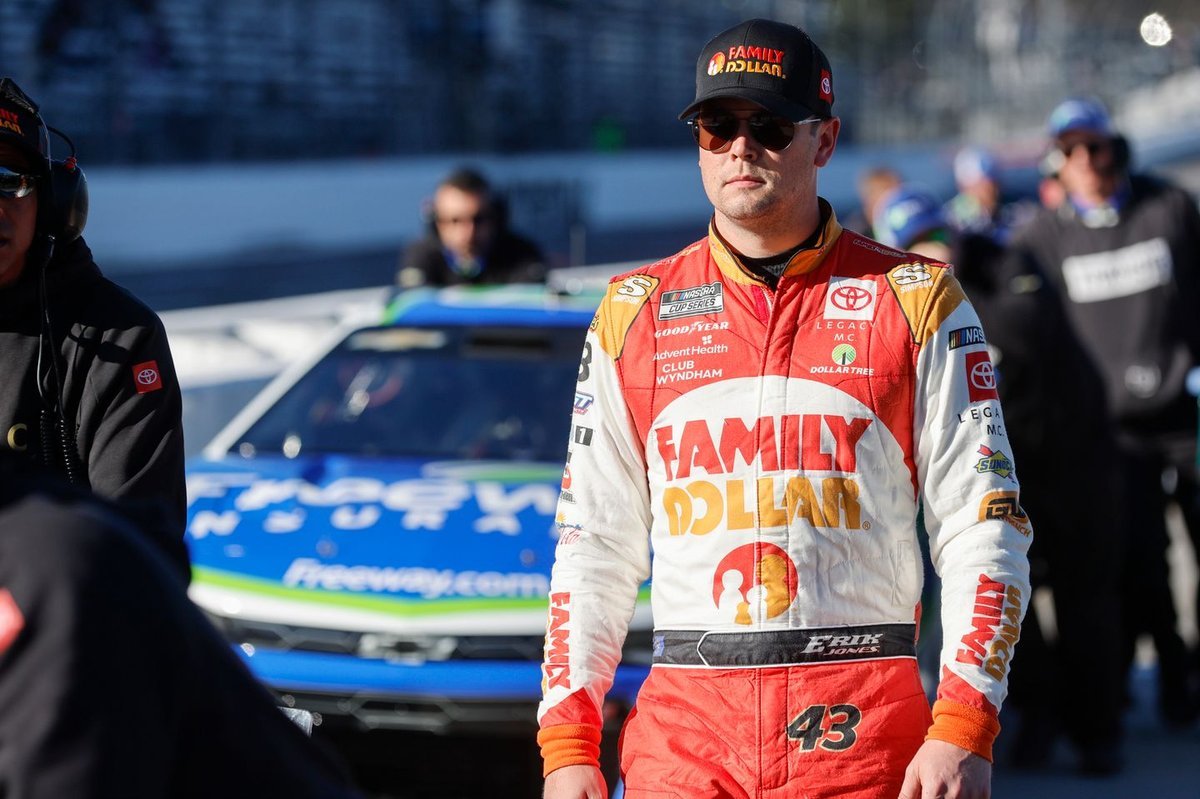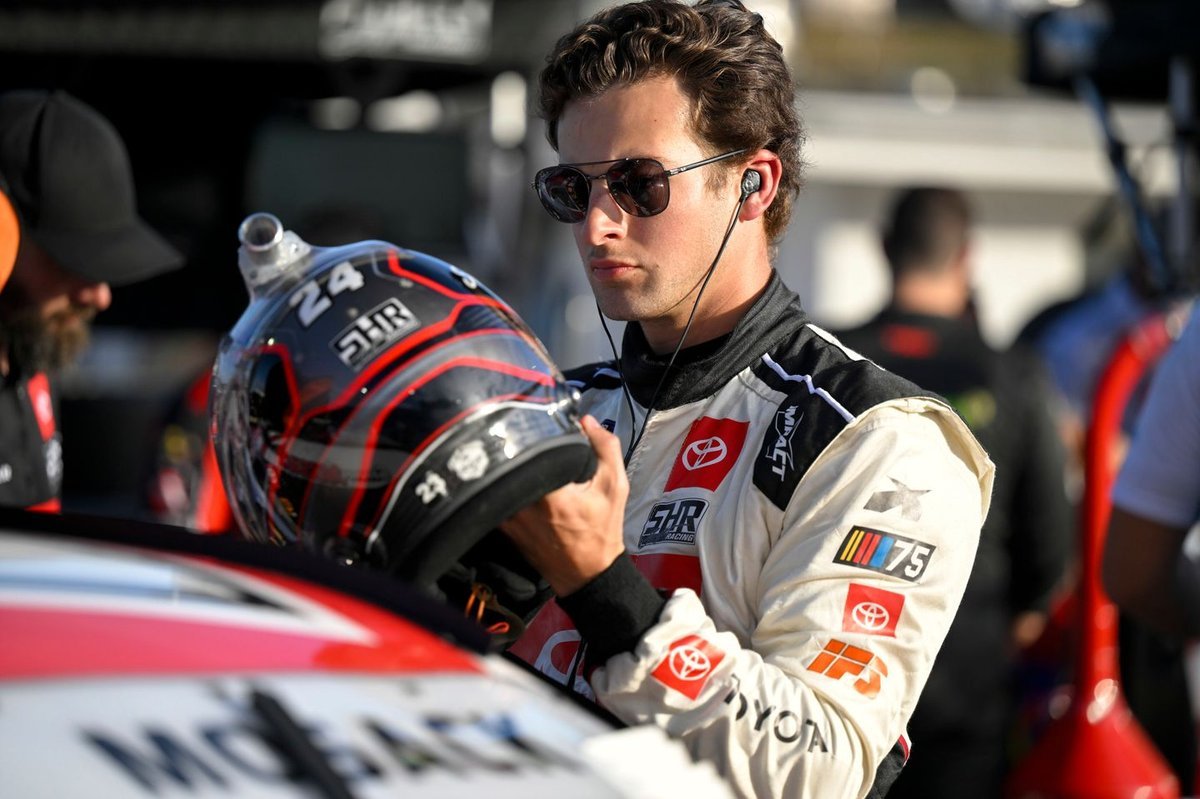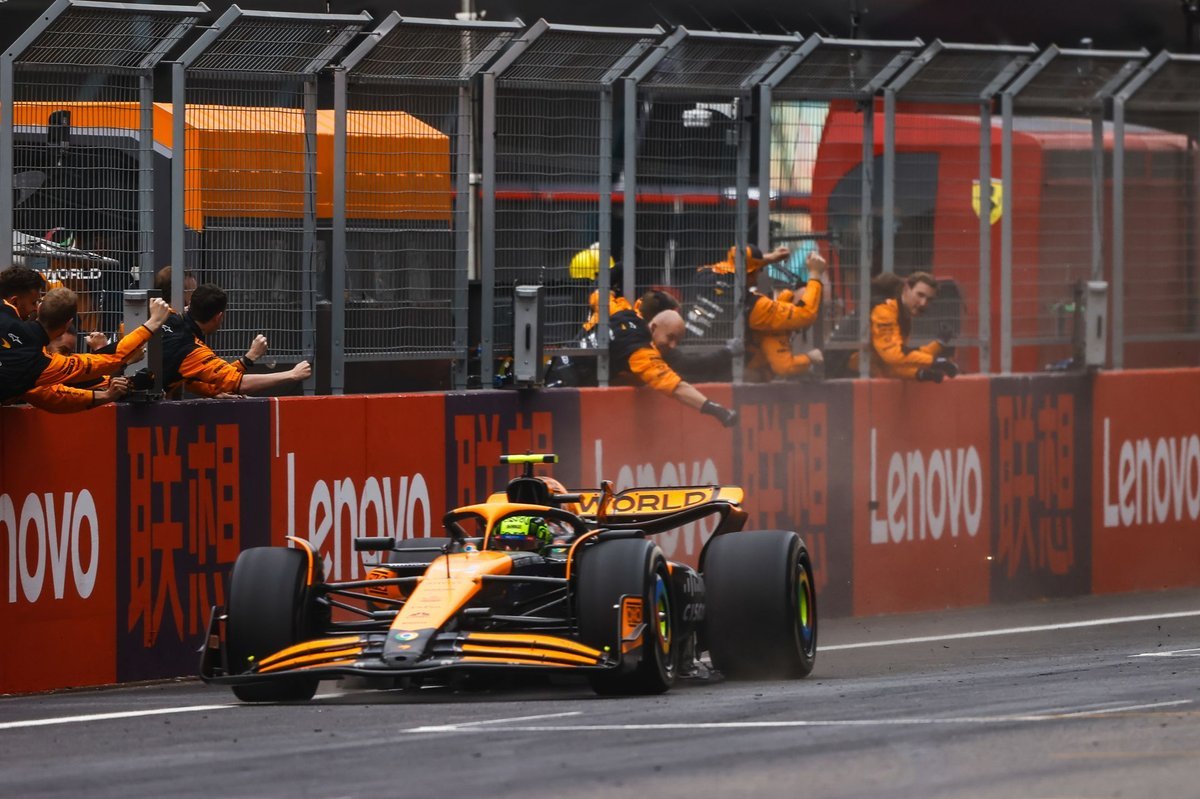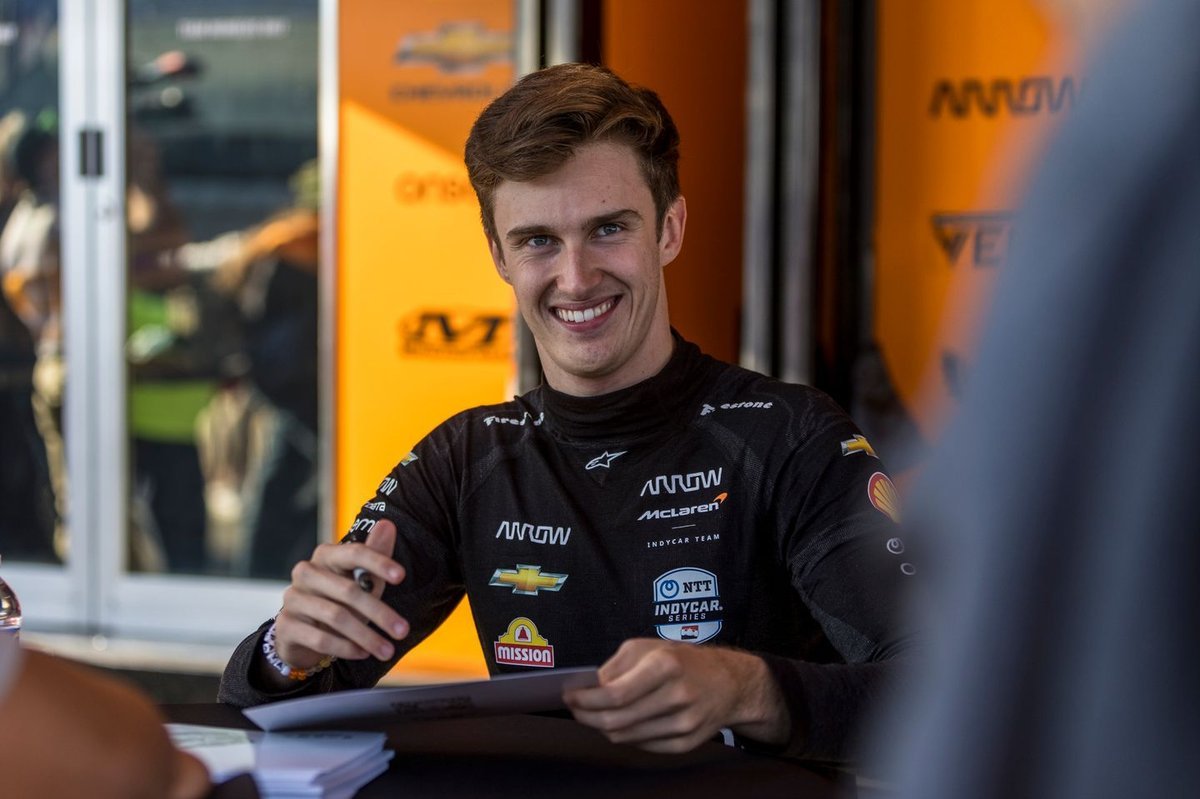
Carlos Sainz’s transition from Ferrari to Williams in the 2025 Formula 1 season has been a focal point of discussion among motorsport enthusiasts and analysts. This move not only signifies a new chapter in Sainz’s career but also brings attention to Williams’ ongoing efforts to re-establish itself as a competitive force in Formula 1. Despite early optimism, recent races have highlighted unexpected performance inconsistencies, prompting both Sainz and the team to delve deeper into understanding these challenges.
Williams’ Performance Trajectory in the 2025 Season
Early Optimism and Pre-Season Testing
The pre-season phase saw Williams making notable strides, with Sainz expressing satisfaction after initial tests. The team’s FW47 car demonstrated promising speed and reliability during these sessions. Sainz remarked on the positive direction of the team’s development, stating that the car’s performance was encouraging and aligned with their expectations. ESPN.comThe Times of India+2ESPN+2ESPN.com+2
Initial Races: A Mixed Bag of Results
The season commenced with a blend of anticipation and caution. While the FW47 showcased potential, translating pre-season promise into race-day performance proved challenging. Sainz acknowledged the competitive nature of the midfield and emphasized the difficulty of securing top positions, noting that even breaking into the top ten would be a formidable task given the closeness of the competition. Reuters+5Diario AS+5ESPN.com+5The Times of India+1Diario AS+1
The Chinese Grand Prix: A Case Study in Performance Anomalies
The Chinese Grand Prix emerged as a pivotal point in Williams’ season. Sainz, starting from the 15th position, struggled to advance, ultimately finishing 13th on the road, later promoted to 10th due to post-race disqualifications. He expressed bewilderment over the car’s lack of pace, especially given the strong performances in earlier sessions. Sainz described this as “one of the strangest swings of performance in my career,” highlighting the team’s struggle with front tyre management and overall pace during the race. The Times of India
Factors Contributing to Performance Variability
Tyre Management Challenges
A recurring theme in Williams’ recent races has been the difficulty in managing tyre performance. Sainz pointed out issues with front tyre graining, which adversely affected the car’s balance and grip levels. Despite implementing various setup changes to mitigate these issues, the desired improvements were not consistently realized, leading to unpredictable race outcomes. Diario AS+4Reuters+4ESPN.com+4
Setup Divergences Between Drivers
An interesting observation within the team dynamics is the differing responses to car setups between Sainz and his teammate, Alex Albon. While both drivers employed similar setup strategies, Albon appeared to extract more performance under certain conditions. This discrepancy suggests that subtle differences in driving styles or feedback interpretations could influence the car’s behavior, necessitating a more tailored approach to setup configurations.
Strategic Focus for Upcoming Races
Comprehensive Data Analysis
In light of the recent performance inconsistencies, Williams is prioritizing an in-depth analysis of the data collected from both testing and race sessions. This involves scrutinizing telemetry data, tyre wear patterns, and aerodynamic performance metrics to identify underlying issues affecting the car’s competitiveness.
Enhancing Tyre Performance
Addressing tyre management problems is critical for Williams’ aspirations this season. The team is exploring adjustments in suspension settings, aerodynamic balance, and tyre pressure regulations to optimize tyre longevity and performance across various track conditions.
Driver-Centric Setup Optimization
Recognizing the individual preferences and feedback from both Sainz and Albon, Williams aims to develop more customized setup solutions. This strategy seeks to harmonize the car’s characteristics with each driver’s unique driving style, thereby maximizing overall team performance.Diario AS+4Reuters+4ESPN.com+4ESPN.com+1ESPN+1
Conclusion
Carlos Sainz’s integration into Williams has brought both opportunities and challenges. While the team has showcased potential, the journey towards consistent competitiveness is fraught with complexities. By focusing on detailed data analysis, refining tyre management strategies, and embracing driver-specific setups, Williams strives to overcome current hurdles and make significant strides in the 2025 Formula 1 season.

